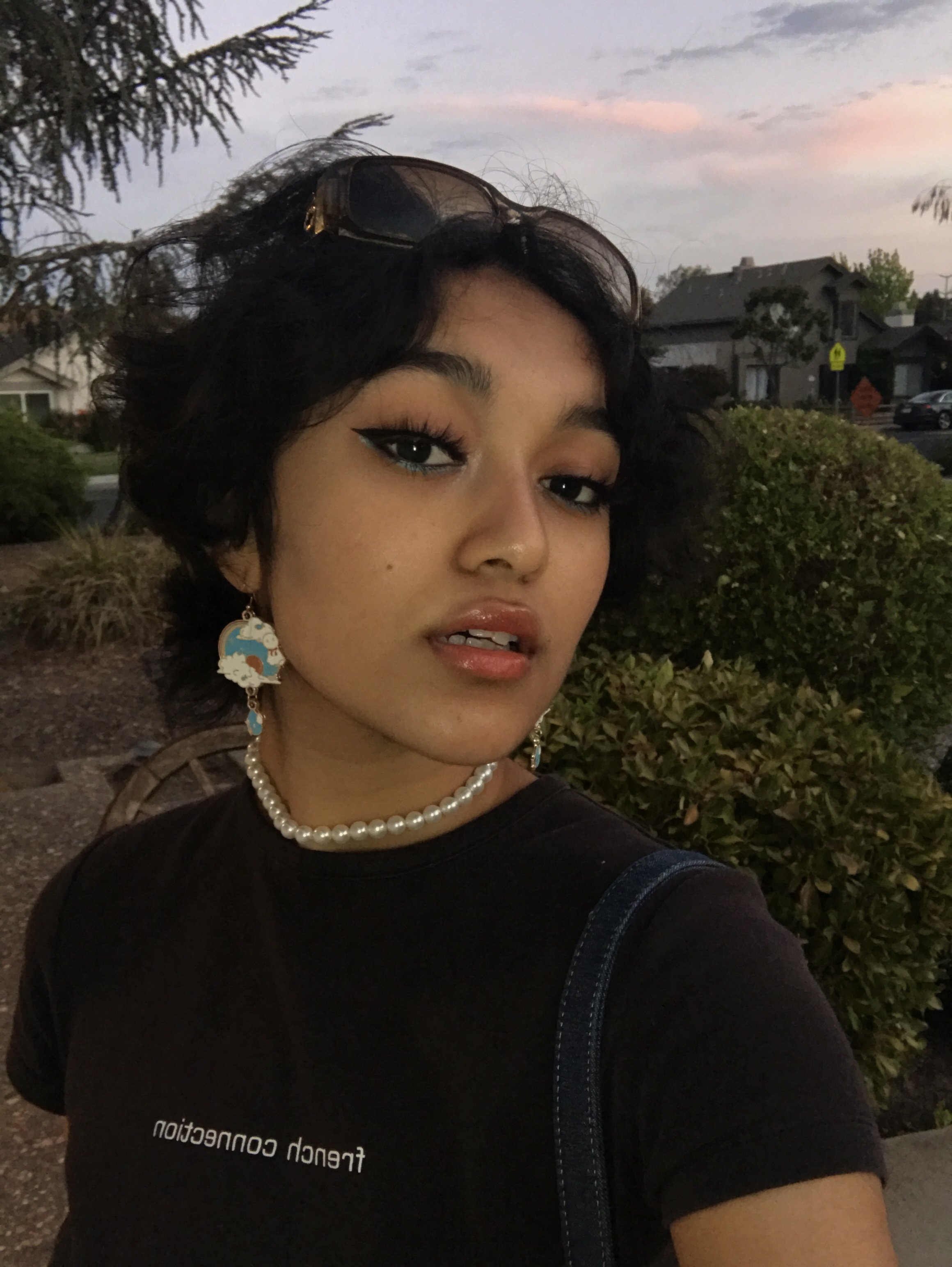Weight Bias in the LGBTQ+ Community
Coming to terms with your LGBTQ+ identity can leave you grappling for footing in a world full of heteronormative ideals. Finding community is an integral part of avoiding the isolating feelings that come with it. However, the unfortunate reality is that fatphobia and weight bias exist within the LGBTQ+ community just as in any other community, and facing them has various harmful implications for these individuals.
By: Samreen Khan
Being queer can feel like both a blessing and a curse. While it is beautiful to come to terms with your sexuality or gender, to finally understand your hidden desires and emotions, many of us cannot find comfort or community within our own families and loved ones after coming out. As a result, many queer individuals seek solace by searching for friends and partners who understand our complex relationships with sexuality and gender. Unfortunately, solidarity within the LGBTQ+ community is not always guaranteed. One prominent conflict is weight bias. This issue is one of the driving factors for high rates of disordered eating behaviors within the LGBTQ+ community.
While weight bias persists in virtually any type of community in some form, it takes a specific shape in stereotypes associated with the LGBTQ+ community. For example, gay, bisexual, and pansexual men are predominantly portrayed in the media as very thin or very lean. Studies show that this “physical aesthetic” is perceived as “unique to the gay male community (in comparison to heterosexual men),”¹ resulting in a situation where the validity of one’s identity ties in heavily with their appearance. The pressure to conform to this aesthetic creates body image issues in many queer men that often transform into disordered eating and exercise habits. Unfortunately, these habits are validated and even praised by members of the community who internalize the same ideals.
These prejudices come into play on dating apps like Grindr, where weight bias disguises itself as a simple preference. Users with phrases like “no fats, no femmes” in their bios frequent the platform². An association of muscle mass with masculinity further fuels this type of fatphobia, as community members in larger bodies are seen as less masculine and less desirable to queer men. When discrimination comes from within your community, it incites a different type of hurt. Feeling undesirable because of your appearance only amplifies the perceived need to achieve a particular body type to fit into the LGBTQ+ community.
Similarly, transgender and gender non-conforming individuals face heightened pressure to present their identity in a palatable way to cisgender members of the community. While significant strides have been made to accept sexual orientations beyond heterosexuality in the past century, societal attitude change towards a broader gender identity spectrum has faced more resistance. Societal acceptance has boundaries – and for trans and gender non-conforming individuals, those boundaries currently mean they must look androgynous in a way that usually means being skinny. Navigating gender identity can be a complex process with a lot of emphasis on presentation. The pressure to present in a certain way can intensify body image issues and disordered eating.
In general, LGBTQ+ representation in larger bodies is severely limited, affecting attitudes within the community. Where do we go when a community meant to be a safe haven instead turns its arms against each other? A divisive community only hinders valuable progress. If we are not fighting to protect and defend the rights of all queer people, regardless of weight, then we are not fighting the right way.
Statistics show that the LGBTQIA+ community experiences a higher prevalence of eating disorders than the general population. At BALANCE, our staff and clients' gender and sexual identities are affirmed, respected, and celebrated. BALANCE has hosted multiple webinars relating to eating disorders in the LGBTQ+ community, which can be viewed on our YouTube channel here.
Our admissions team would be happy to answer any questions you may have about our programs and services. Book a free consultation call with our admissions team below, or read more about our philosophy here.
This post was written by BALANCE Blog Contributor, Samreen Khan (she/her/he/him).
Samreen is a senior high school student with an ardent drive to de-stigmatize mental illness and eating disorders. Born and raised in the Bay Area, she experienced the harmful effects of “fitspo” culture firsthand for most of her childhood. Throughout her own recovery journey, she became passionate about deconstructing diet culture and raising awareness about eating disorders in her everyday life. Samreen began extending her own ideology of intuitive eating and body neutrality to others by publishing her own writing online when she was fourteen, and has since received several awards for her prose and poetry. She has conducted research on the biological and evolutionary implications of familial mental illness, and is currently taking college-level Sociology and Psychology courses with hopes to delve further into the social and cultural constructs that bolster disordered eating, especially within marginalized communities. She’s grateful for the opportunity to combine two of her strongest passions — writing and mental health — by working with BALANCE!
References
Parker, Lacie L., and Jennifer A. Harriger. “Eating Disorders and Disordered Eating Behaviors in the LGBT Population: A Review of the Literature.” Journal of Eating Disorders, vol. 8, no. 1, 2020, https://doi.org/10.1186/s40337-020-00327-y. Accessed 17 May 2022.
Gordon, Allegra Raboff, et al. “81. Appearance Ideals and Eating Disorders Risk among LGBTQ College Students: The Being Ourselves Living in Diverse Bodies (Bold) Study.” Journal of Adolescent Health, vol. 64, no. 2, 2019, https://doi.org/10.1016/j.jadohealth.2018.10.096. Accessed 17 May 2022.



